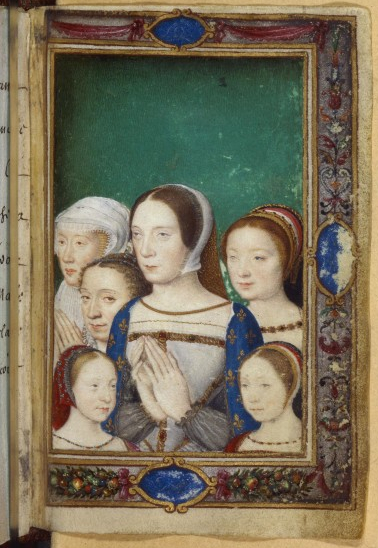
Madeleine de Valois was born on the 10th of August 1520 to King François I of France and his first wife Queen Claude, Duchess of Brittany, at Château de Saint-Germain-en-Laye, near Paris. The couple’s 5th child and 3rd daughter, Madeleine was a sickly girl since her early childhood. Despite all their glorious ancestry, the House of Valois already had rather bad genetics, with the senior male line of the family having become extinct with the death of Charles VIII of France in 1498 and the Orléans cadet branch with Louis XII of France’s passing in 1515. The only surviving male cadet branch line of the ruling dynasty was the Valois-Orléans-Angoulême branch.
What was wrong with their genetics? Why was Madeleine born in such a poor health? The high child mortality rate in the Middle Ages and in the Renaissance era had nothing to do with it. The more senior male lines of the Valois family ended partly due to the generational inbreeding and its detrimental effect on their progeny. Charles VIII and his wife, Anne of Brittany, had only one surviving son, Charles Orlando, who passed away at the age of only 3, in addition to a number of dead babies. Louis XII, who also married Anne to merge the strategically important duchy with the French realm, had only 2 daughters, and the sickly Claude, the eldest of them, suffered from severe scoliosis and limp. But while Anne was plagued by a string of numerous miscarriages and stillbirths during both of her marriages, Claude produced 7 children, only to die at the age of 24.
The House of Valois intermarried with the other family branches and with the Bourbons, who were also descendants of the Capetian kings and, hence, their distant cousins, for over 2 centuries. There were only few cases when the fresh and unrelated blood was added to the ever-growing toxic mixture of their genes, for example with the union of Charles VI of France with Isabeau of Bavaria. Nevertheless, their marriage resulted in the births of many children who died in childhood, although their several sons lived into adulthood, but still died young, save Charles VII the Victorious. Over time, the bad genetic material accumulated in the genetic pool of their surviving offspring, and the lines went extinct, like thousands of ancient plants and animals. The Valois-Orléans-Angoulême branch was less inbred, so it had a chance for survival, but the problem was that François I and Claude were closely related – they were second cousins.
Perhaps the intermarriage of François and Claude within their ruling family, coupled with her weak health from the beginning, resulted in the birth of the extremely delicate Madeleine. The princess and her siblings, who were more robust than her, carried the inbred genes of the senior Valois lines, which would later play a bad joke with the sickly children of Henri II and Catherine de’ Medici. Due to the girl’s weakness, the king decided to raise her in the Loire Valley, where the climate was warmer and winters milder than in Paris and in the north of France. As Madeleine was only a girl of almost 4 summers when Claude breathed her last, the princess was raised by her aunt, Marguerite de Navarre. After her father’s second marriage to the emperor’s sister as a result of the catastrophic Battle of Pavia of 1525, Eleanor of Austria took the princess into her household. Madeleine grew up in an affectionate atmosphere in spite of being motherless.
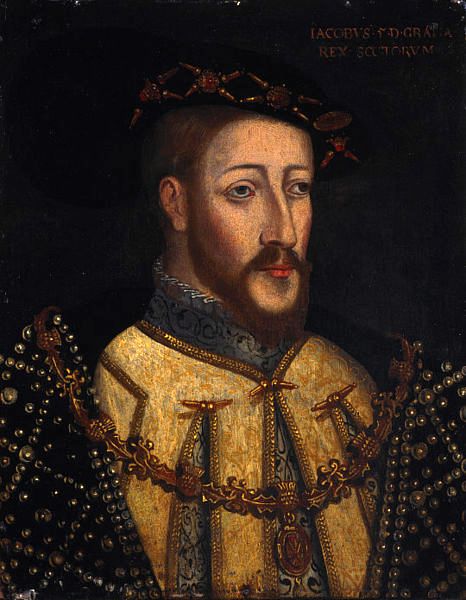
Shadows of mortality began thickening around Madeleine when she contracted consumption, or tuberculosis, by the age of 16 (by 1536). Perhaps partly due to inbreeding and for other reasons, the members of the Houses of Valois and Bourbon had a predisposition to tuberculosis, which was proved in history many times. The Treaty of Rouen of 1517 between France and Scotland renewed the old Auld Alliance, fixing officially for the two countries mutual military aid, beneficial trade agreements, and their joint efforts of controlling England’s possible invasions. At the time, the Scottish word auld, which means old, had long become an affectionate characteristic of the relationship between these kingdoms. When King James V of Scotland contacted King François I of France with the goal to find a wife for him, François suggested not Madeleine, but Marie de Bourbon, a daughter of Duke Charles de Vendôme and Françoise d’Alençon. James traveled to France to see his potential bride, but he did not like Marie.
After this, to meet with François and ask him to give him more marital options, James journeyed to the French court, where Madeleine and he unexpectedly fell in love. They beseeched the French monarch to allow them to marry, but for a short while, François did not relent, fearing that his daughter would swiftly fade away, like a flower in cold weather, in the harsh Scottish climate that didn’t suit her. Maybe what finally swayed François towards the decision that he didn’t want to make were Madeleine’s tears. Apparently, the young girl did not want to die an old maid and was enamored of the handsome Scottish monarch. Whatever happened, the French monarch provided his daughter with a large dowry that replenished the poor Scottish state coffers. King James and Princess Madeleine were married in Notre Dame Cathedral in Paris on the 1st of January 1537, much to their happiness and to the alarm of François and his sister, Marguerite.
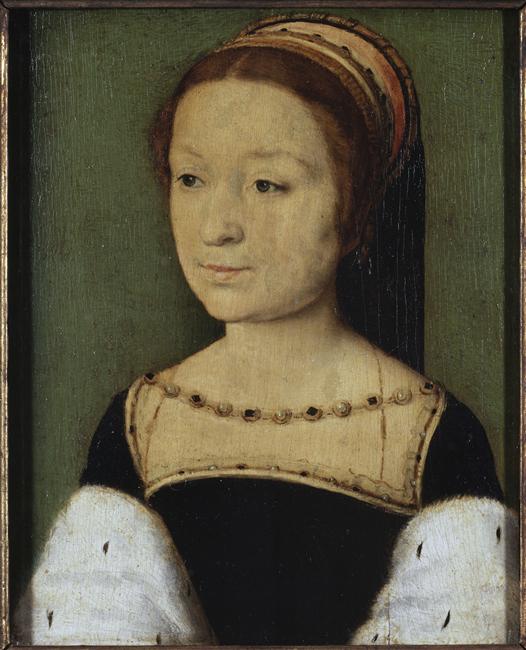
In the portrait of young Madeleine we can see a fragile and delicate young woman, a bit melancholic. From the Chamber Book of Days for England and Scotland dated 1869, we learn about the marital situation between King James V of Scotland and Madeleine de Valois:
“Sage counsellors of both countries discommended the union; but the young princess easily induced her father to consent, and the consent of the king of Scotland followed. On the 1st of January, the pair were united in the church of Notre Dame, in the presence of seven cardinals and a great assemblage of the French nobility, amidst circumstances of great pomp and popular joy. Through all France that day, there was jousting and running of horse proclaimed, with all other manly exercise; as also skirmishing of ships through all the coasts; so that in towns, lands, seas, firths, castles, and towers, there was no man that might have heard for the raird [uproar] and noise of cannons, nor scarcely have seen for the vapours thereof. There was also within the town of Paris, cunning carvers and profound necromancers, who by their art caused things appear whilk wes not, as follows: fowls flying in the air spouting fire on others, rivers of water running through the town and ships fechtand therupon.”
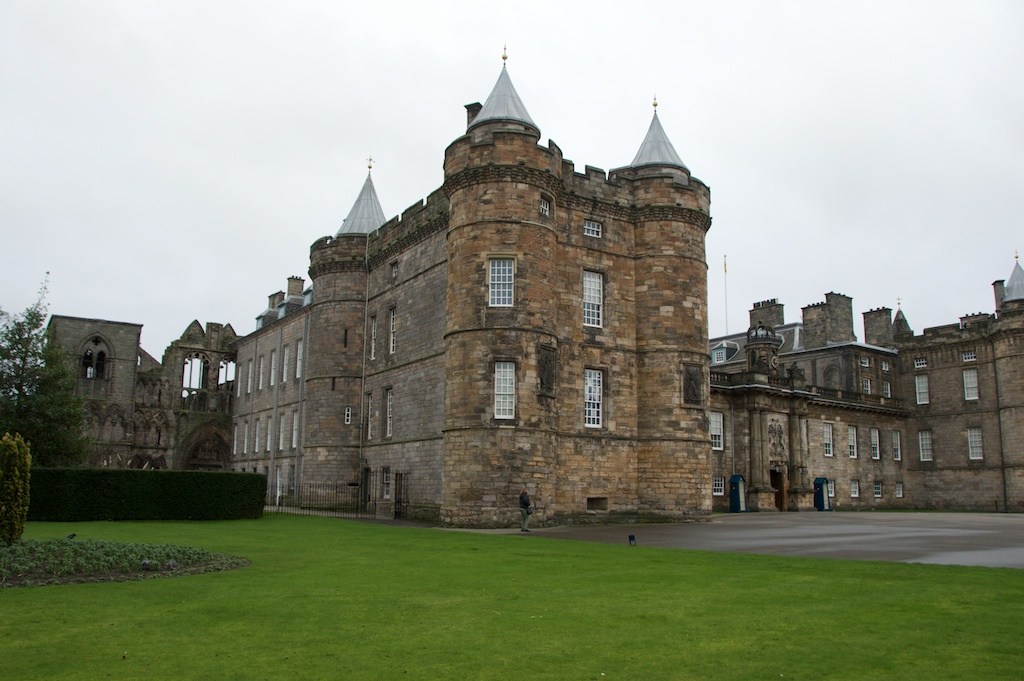
The sumptuous wedding celebrations lasted for 4 months, largely because François wanted to delay Madeleine’s departure. Perhaps he felt that he would never see his daughter again and tried to keep her close as long as he could. Eventually, Madeline and James sailed for Scotland with a fleet of 10 ships and landed in Leith on the 19th of May 1537. An already weakening Madeleine appeared to have quickly fallen in love with her new home, for we know that she kissed the earth after they had disembarked. In Scotland, the preparations for the couple’s arrival had been made upon James’ orders: certain parts of Falkland Palace and the Chapel Royal had been improved, and to please his spouse, a tower constructed in a French style had been added to Holyrood Palace. A grand coronation was planned for Madeleine, who was feeling worse and worse.
For young Madeleine, life was as fragile as a butterfly wing, more like a dream in which she was happy with James only for several months in Scotland. Slightly encouraged either by her marital idyll or a sudden surge of strength, she sent a letter to her father on the 8th of July that her health had improved. Illusions are like an educated guess that is incorrect – you no sooner get them than you lose them. Her health continued deteriorating at such a rapid pace that she became bedridden, her body wracked by cough with blood-containing mucus and fever. Madeleine’s dream of wearing the Scottish crown never came true: she died in her husband’s arms on the 7th of July 1537, almost a month before her 17th birthday. A shroud of mourning enveloped Holyrood Palace where the tragedy occurred.

James seemed heartbroken, but he was already writing to François with a request for someone stronger who would survive the Scottish climate and give him heirs. James was genuinely in love with his queen, and her demise left him brokenhearted. However, he was a pragmatic king, who needed legitimate heirs to continue his line, so we should not judge him harshly for this. Even if François was disgusted by his son-in-law’s request, he was a monarch as well and, thus, understood James, so another match would soon be arranged for him with the widowed Marie de Guise, Duchess de Longueville, who would birth Mary Queen of Scots.
Madeleine, Queen of Scotland, was intered at Holyrood Abbey with all pomp and ceremony. The tragic drama of her life was over, and the flower of her kind soul must be blooming in heaven. The Scottish people were bereft because of her demise, for they had grown to adore her. The Scottish poets, who called Madeleine ‘The Summer Queen of the Scots’ poetically, changed their nuptial songs into laments for the loss of their queen. Madeleine’s short marriage and her passing were commemorated by David Lyndsay who composed the poem ‘Deploration of Deith of Quene Magdalene’, describing the luxurious pageantry of the wedding in France and Scotland.
O Paris! Of all citeis principall!
Quhilk did resave our prince with laud and glorie,
Solempnitlie, throw arkis triumphall. [arkis = arches]
ξξξξξ
Thou mycht have sene the preparatioun
Maid be the Thre Estaitis of Scotland
In everilk ciete, castell, toure, and town
ξξξξξ
Thow saw makand rycht costlie scaffalding
Depaynted weill with gold and asure fyne
ξξξξξ
Disagysit folkis, lyke creaturis devyne,
On ilk scaffold to play ane syndrie storie
Bot all in greiting turnit thow that glorie. [greiting = crying: thow = death
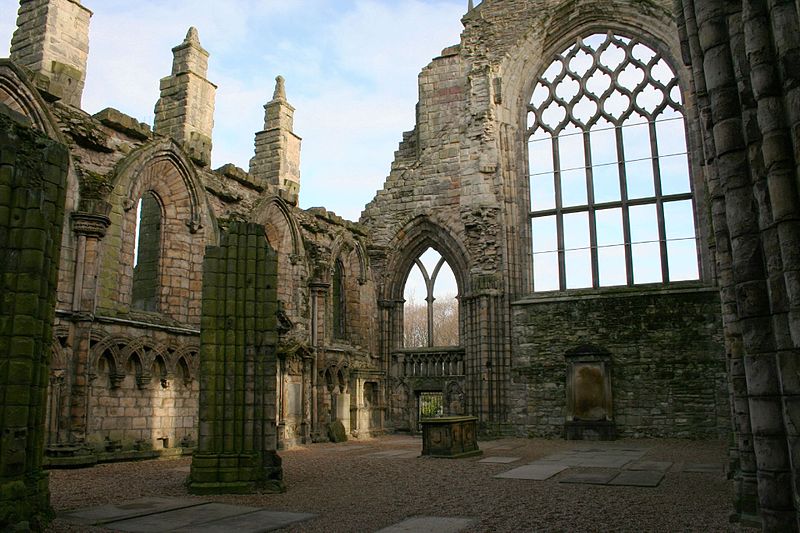
From the Chamber Book of Days for England and Scotland dated 1869, we learn about the reaction of the Scottish people to Madeleine’s death:
“Landing at Leith on Whit Sunday, the young queen, full of love for her husband and his country, knelt on the shore, took up a handful of sand, and kissed it, invoking God’s blessing upon Scotland. She was received in Edinburgh with triumphs and shows of unexampled grandeur, with, what was far better, the affectionate reverence of the entire people. But the doom had already been passed upon her. She withered like an uprooted flower, and only forty days from her arrival, lay a corpse in her husband’s palace. The death of this beautiful young creature in such interesting circumstances, made a deep impression on the national heart, and it is understood to have been the first occasion of a general mourning being assumed in Scotland.”
Of course, King François should not have permitted this marriage to proceed, for Madeleine’s demise in Scotland was inevitable. However, how can a good father contemplate calmly his daughter’s pleas and even tears when she begs him to let her marry her beloved? François loved all of his children, having a tense relationship only with Henri (the future Henri II of France) after the prince’s return from Spanish captivity. The French monarch adored Madeleine especially, perhaps due to the prospect of her early death. Even if Madeleine had remained in France, she should never have married because of her health issues. In any case, suffering from consumption, she would not have lived a long life. In the end, James was buried beside her at Holyrood Abbey after his demise 6 years later, in 1542, following the Battle of Haddon Rig against the English.
All images are in the public domain.
Text © 2020 Olivia Longueville





